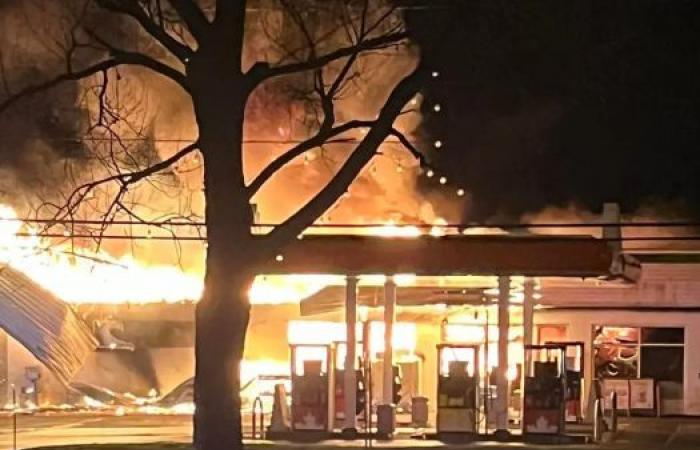The fire made short work of the business. The twenty firefighters concentrated their energies to prevent the propane tanks from overheating, to limit the spread of the fire and the risk of explosion. The fuel pump was not affected by the flames either.
“The fuel pumps are still underground, they were also closed so we’re not supposed to have a problem with that. But the flames did not gain that much because we had a northwest wind,” describes Paspébiac fire director Stéphane Lepage.
Currently the criminal hypothesis has been ruled out, an investigation is underway to find out the cause of the fire. The fire director is waiting for confirmation, but instead thinks it was an accident.
“It’s certain that it’s a gas station so we’re talking about chemicals, so we had to secure the premises. Overall the work was well done, it was still quite arduous work for the firefighters,” explains the mayor of Paspébiac, Marc Loiselle.
This service station is located in the city center, halfway between the municipal library and the Paspébiac fishing bank, it is obviously an essential service for the city. This is also the place where the Orléans Express bus routes stopped.
“This type of infrastructure is very important in Paspébiac, it is a major business with all the traffic around it, we are happy to know that the building was closed and that the employees are safe. We will see what happens next in relation to trade,” adds the mayor.
Surveillance cameras could help determine the cause of the fire. For the moment we have not been able to speak with the owner, to verify if he intends to rebuild.
Canada






